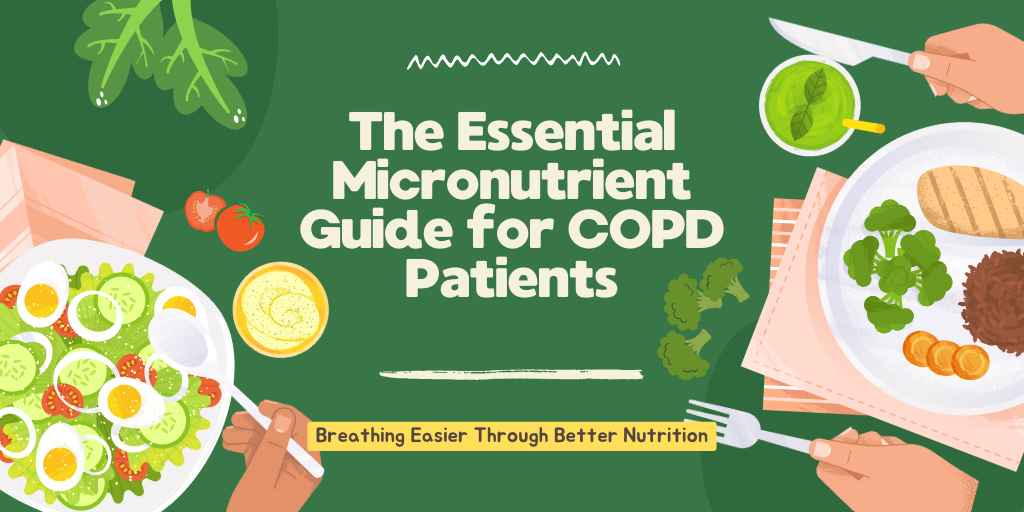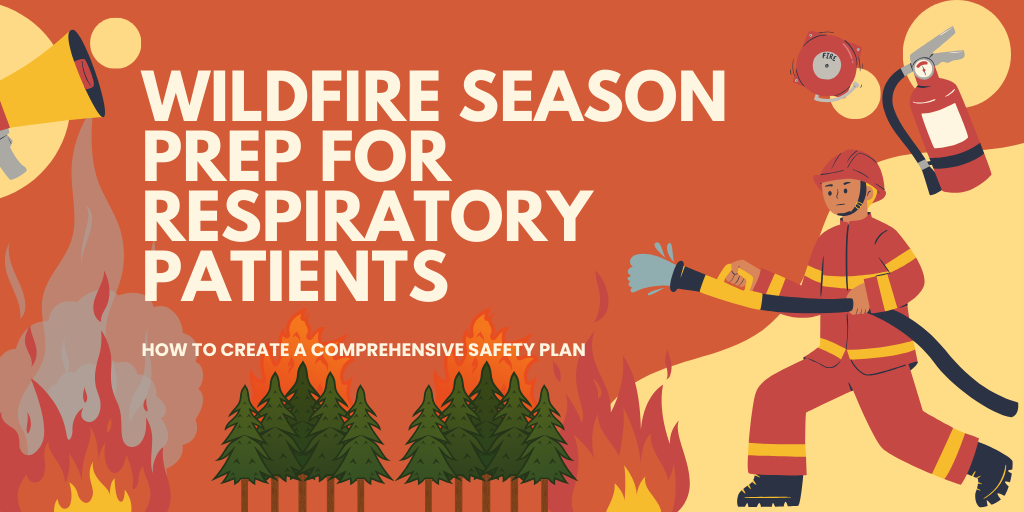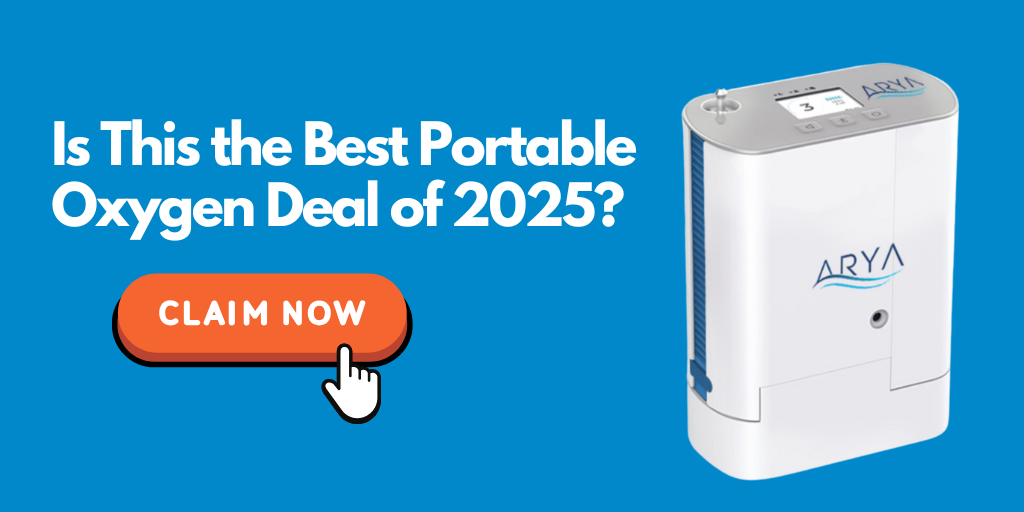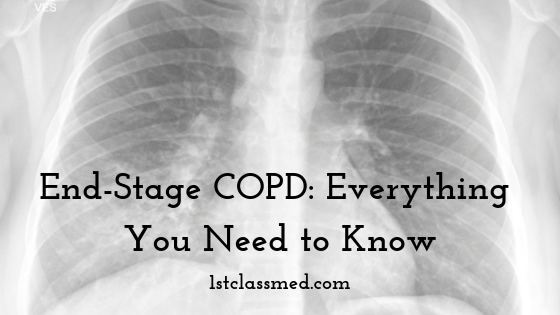
End-stage chronic obstructive pulmonary disease means that the disease is in its final stages.
Some believe that end stage means there is nothing more that can be medically done to help the patient, but that is far from the case.
Medical professionals can still treat the patient, but the path of treatment and goals of treatment may have changed.
The end stages of COPD often comes with symptoms of shortness of breath while at rest, as well as a higher risk of lung infection and respiratory failure.
For many in the end-stage of COPD, pulmonary hypertension is common and can lead to right-sided heart failure.
Stages of COPD:
The four stages of COPD are:
Stage I: Mild COPD, lung function is beginning to decline, but it may not be noticed by the patient
Stage II: Moderate COPD, symptoms become noticeable, and shortness of breath begins during exercise/exertion
Stage III: Severe COPD, shortness of breath becomes worse and exacerbation become more common
Stage VI: Extremely severe COPD, low quality of life and exacerbation can become life-threatening
As the symptoms progress, so do the stages, but end-stage COPD does not mean that it is the end of the patient’s life.
End-stage means that the symptoms have reached the most extreme stage, it doesn’t mean the patient cannot have a high quality of life.
End-stage symptoms often occur more than previous stages, as well as more severe symptoms.
Thought some people in the end-stage of COPD are extremely ill, others are not in as grave of health.
Some individuals can continue on with their daily activities with minor limitations, and others may have to make a lot of alterations to their lifestyle.
Factors such as smoking history, severity of shortness of breath, health level and nutrition level can all play a role in life expectancy in end-stage COPD.

Treatment for End-Stage COPD
For those in end-stage COPD, their doctor may have a few treatment goals depending on the individual.
Some goals may be to try and reverse some symptoms (through surgery), other goals may include trying to make the patient comfortable.
At this point, surgical intervention can be an option, but it may only be for those who would benefit from surgery.
Some surgeries that may be performed include: bullectomy, lung volume reduction surgery (LVRS), or a lung transplant.
Bullectomy is a surgery to remove any areas of damaged alveoli, which allows more room for healthy air sacs to expand.
Lung volume reduction surgery (LVRS) is the removal of areas in the lung that are extremely damaged, and it allows the healthy areas of the lungs to work better.
A lung transplant is a procedure that removes one or both of the lungs and replaces them with a healthier pair of lungs.
For those in end-stage COPD, a lung transplant is the most common option, but it depends on the patient’s overall health.
Surgery may not be an option for some individuals for a handful of reasons:
- Overall health is low
- Won’t benefit from surgery/disease is too severe
As the disease progresses, the focus on treatment often switches from trying to slow the disease to providing relief from severe symptoms.
Palliative care may be given to those who need it to relieve any severe COPD symptoms.
There are a few medications doctors may recommend for end-stage COPD treatment, which can help ease symptoms.
Medications such as bronchodilators, opiates and inhaled glucocorticoids may be prescribed to help relieve symptoms.
Other forms of treatments may include: supplemental oxygen, noninvasive positive pressure ventilation (NIPPV), pulmonary rehabilitation, nutrition counseling, psychological and social support and complementary therapies.
Supplemental oxygen can help reduce the feeling of breathlessness that can occur from many activities and it can also help improve any exercise tolerance.
Noninvasive positive pressure ventilation (NIPPV) helps reduce carbon dioxide levels and help improve shortness of breath.
Pulmonary rehabilitation can help those at any stage of COPD, so it is possible those in end-stage may already be in rehabilitation.
Nutritional counseling can help, as many with end-stage COPD have poor nutrition, which can cause complications.
Psychological and social support can help those who many not feel comfortable discussing end-of-life complications with their doctors, as they are able to discuss these complications with many in the same shoes as them.
Complementary therapies (such as massages, music therapy, and relaxation techniques) can help ease the stress and anxiety and can also help with shortness of breath.
End-of-Life
When end-stage COPD is diagnosed, it is important to discuss end-of-life issues with your loved one.
Though it can be a difficult conversation if you are speaking with your loved one, it is important for you and them.
Another issues that arises during the end-of-life point is many with COPD do not receive proper end-of-life care.
This is important to discuss with your loved one, as they may need hospice care or someone who is able to take care of them through this time.
During this time, symptom management is the most important part of care as symptoms can worsen towards the end-of-life.
The most common symptoms of COPD in the final days are coughing, severe difficulty breathing, and pain.
This time is an important time for your loved one to be comfortable and surrounded by their loved ones.
Preventing or Living with End-Stage COPD
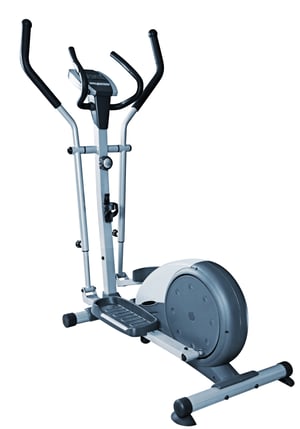
In order to prevent or live with end-stage COPD, the key is to quit smoking and avoid exposure to secondhand smoke.
Quitting smoking is one of the most important life changes to make to prevent and reduce progression of COPD.
Lifestyle changes such as diet and exercise can help with preventing end-stage COPD, as well as make living with it easier.
Eating healthy is not only a positive change, but it can also improve overall health, helping the patient feel better.
The patient will most likely have more energy every day and it can also help their ability to fight infection.
Exercise is also important change to make when diagnosed with COPD.
Every day exercise can help make the patient feel better and can help slow the progression of COPD.
There are plenty of exercises to do for those on oxygen and they can be done in the comfort of their own home.
The most important thing is to stay positive, as a positive outlook in life is better for their mental health, which can help their physical health as well.
Though staying positive after a diagnosis of COPD can be very difficult, positivity can help them commit to life changes that need to be made.
Conclusion
End-stage COPD is not a death sentence, it just means the disease has reached the most severe symptoms.
By working with a doctor, the symptoms can be managed to make the patient more comfortable during this stage.
Medication and surgery are both options for those in end-stage COPD, but surgery can depend on the overall health of the patient.
When the patient reaches the end of their life, it is important to talk about important topics with them, as well as help them be comfortable.
Before end-stage COPD is reached, or before a COPD diagnosis, quitting smoking is a great way to prevent the condition from worsening.
Always speak with a medical professional about any concerns, and they will be able to give more personalized suggestions.




